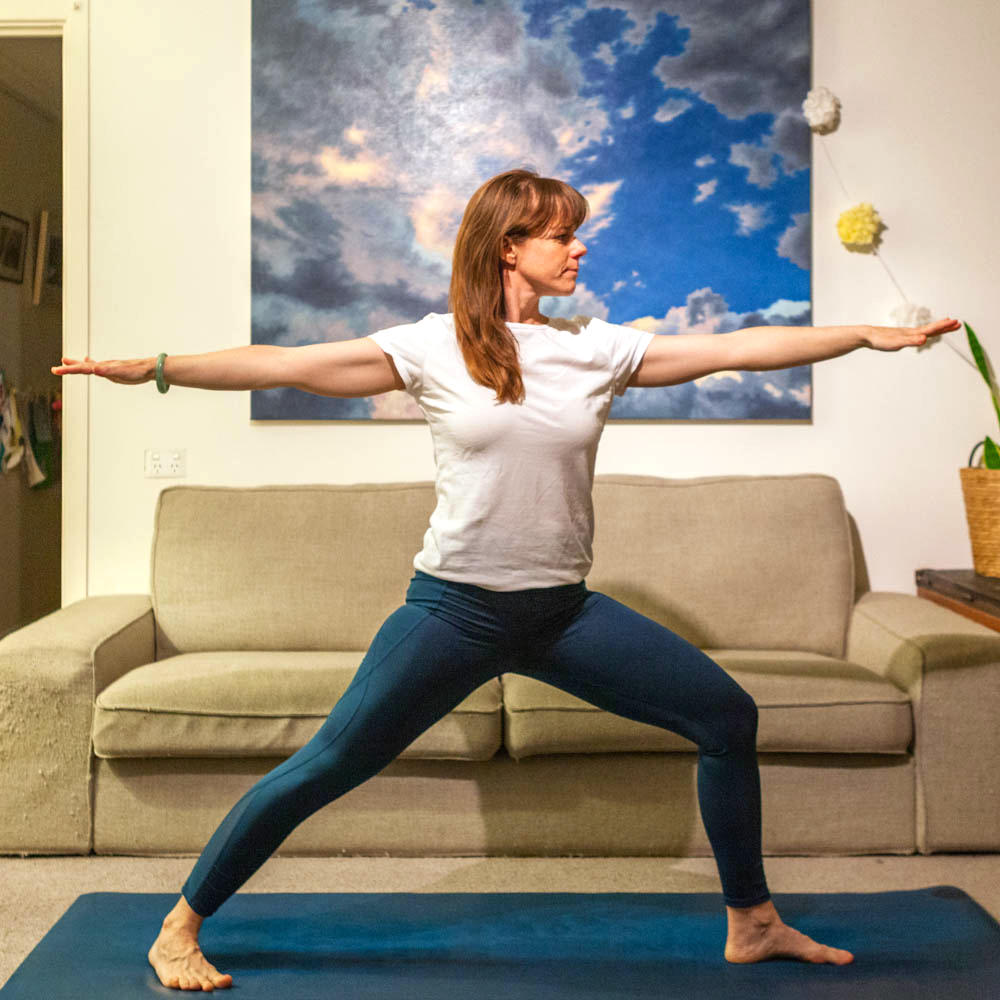Unless a student shows curiosity, I don’t tend to delve into the Sanskrit descriptions I use in class.
Just the other day I asked all the students of there was anything they wanted me to write more about. A couple of people expressed that they were really curious about the terms I use when teaching different postures.
“What do they all mean Heather? Can you explain some of them to us?”
So today we are going to begin by exploring the main Sanskrit terms that you may hear in my yoga classes, and hopefully in another teacher’s classes as well.
“What is Sanskrit?”
Sanskrit stems from the word Saṃskṛta, meaning – adorned, cultivated, purified.
Sanskrit language is an old Indo-Aryan language found in the most ancient Indian documents namely the Vedas. The text found in these documents is labelled Vedic Sanskrit.
Vedic documents represent the dialects which were then found in the northern midlands of the Indian subcontinent and areas immediately. Scholars have attributed these documents to approximately 1500 BCE.
There is a large corpus of literature in Sanskrit covering a wide range of subjects. The earliest compositions are the Vedic texts. There are also major works of drama and poetry.

Mountain Pose - Tadasana
Tada = Mountain
Asana = Pose
Mountain pose


Downward Facing Dog - Adhomukha Svanasana
Adhomukha = To have your face downwards
Svana = Dog
Downward Facing Dog


Triangle Pose - Trikonasana
Tri = Three
Kona = Indicates Angle
Triangle Pose


Warrior I & II - Virabhadrasana 1 & 2
Virabhadra = The name of an ancient Indian mythical warrior sage
Warrior I & II


Intense Forward Stretch/Fold - Uttanasana
Ut = Deliberate or intense
Tana = Stretch
Asana = Pose
Intense Forward Fold
